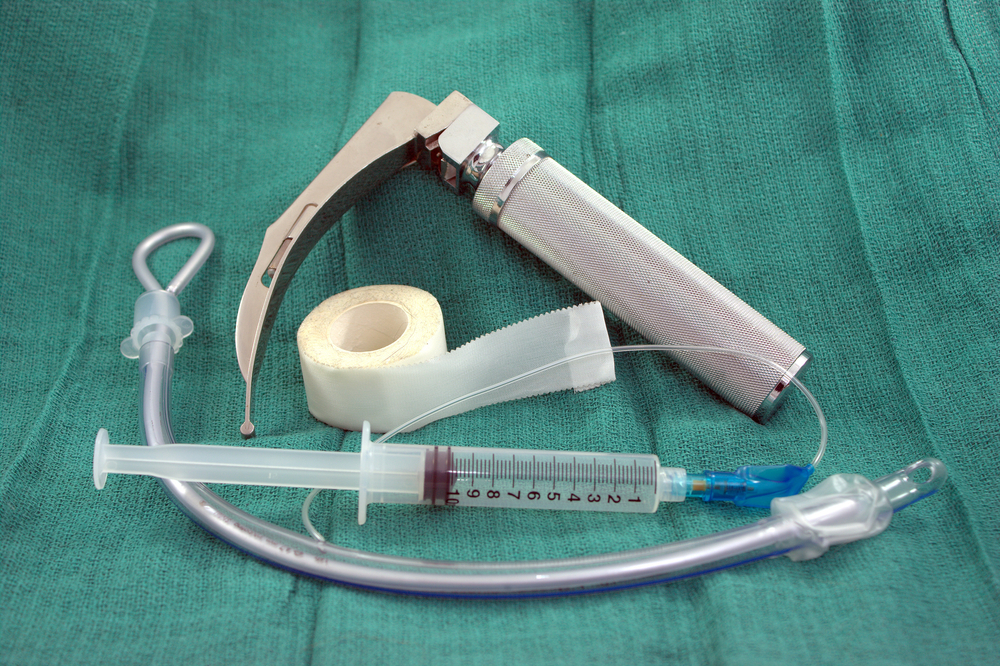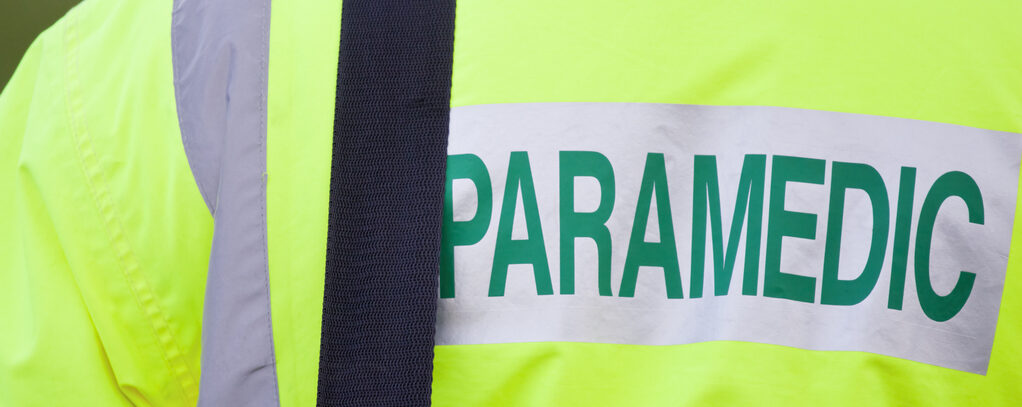The efficiency and effectiveness of endotracheal intubation in prehospital paramedic practice: a literature review
Posted on 22nd September 2022 by Henry Thomas-Foy

During the final year of their Paramedic Science (BSc Hons) course at Oxford Brookes University, students carry out a literature review and critical appraisal of a topic relevant to their future practice. This blog presents the abstract of a literature review on ‘The efficiency and effectiveness of endotracheal intubation in prehospital paramedic practice’. Other Paramedic topic blogs can be found here.
Aim
In the UK, most paramedics are qualified to undertake prehospital endotracheal intubation when indicated, however it is a controversial intervention with a wide array of opinions surrounding it. The purpose of this literature review is to collate and critically appraise the available research in order to investigate the efficiency and effectiveness of prehospital intubation by UK paramedics. Recurrent themes will be analysed and areas requiring further research identified.
Method
This literature review was written independently. A search strategy was executed through the health databases CINAHL, Medline and PubMed. The results were filtered through strict inclusion and exclusion criteria and then tabulated for critical analysis.
Findings
A critical analysis of the chosen studies identified four clear themes to form the basis of the discussion. These themes were: poor education, training and maintenance of competency; prehospital intubation and poor patient outcomes; supraglottic devices are more effective at securing the airway than intubation; paucity of research and the need for more.
You can have an in-depth look at the evidence from these chosen studies, categorised into the four themes, in this document: Thematic analysis.
Conclusion
There is no consistent education and training regimen for intubation in the UK or abroad, despite there being clear guidance and a need for it. A regular, comprehensive, expertly-monitored and robustly assessed training programme is called for. Prehospital intubation is almost universally associated with poor patient outcomes but may have some benefit in the critically ill and injured. Supraglottic airway devices are quicker, safer and easier to install than performing intubation, especially for inexperienced practitioners. Furthermore, skills do not fade as quickly, if at all, compared to intubation. Finally, there is a severe lack of good quality research surrounding the topic of prehospital paramedic intubation. There is a vital need for more.



